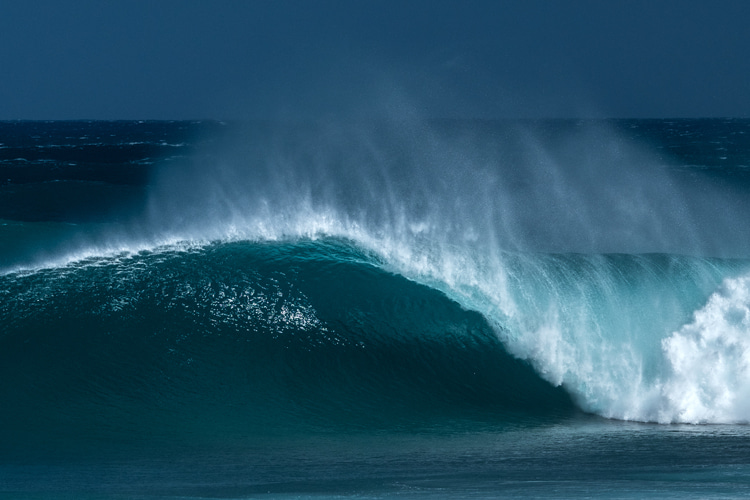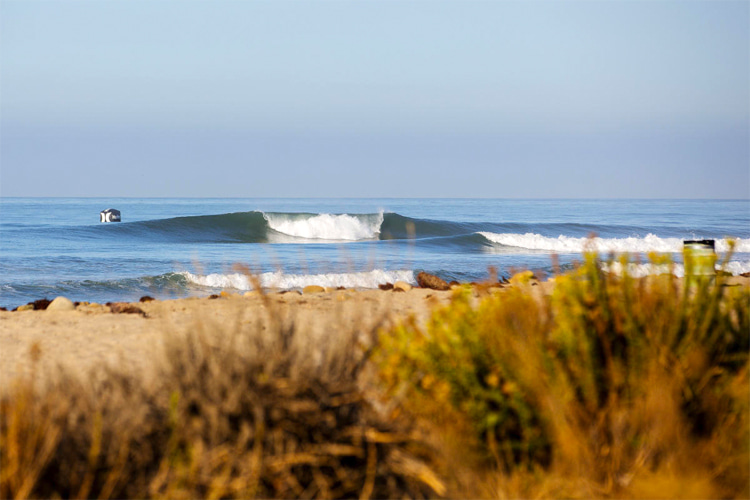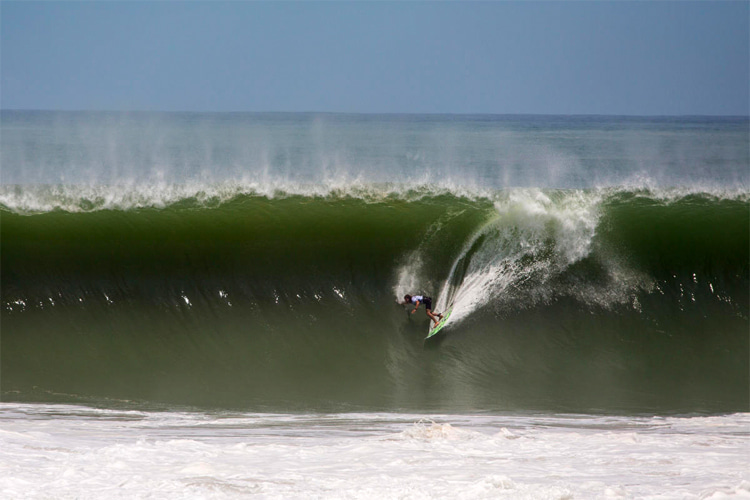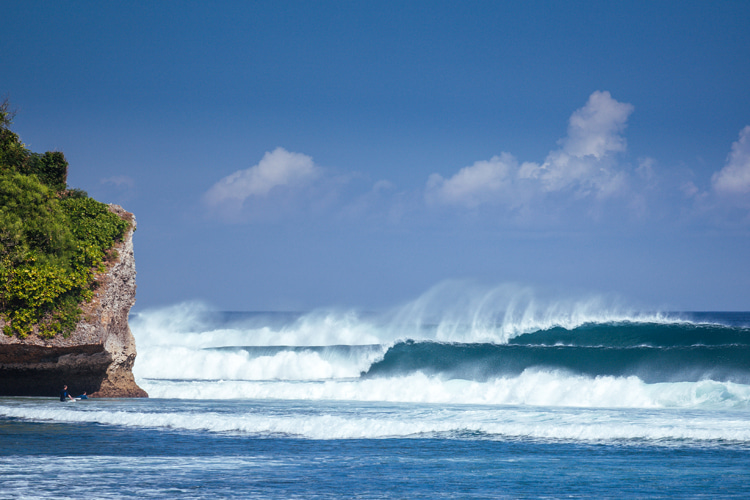It's one of the most frequently pondered questions in surfing: how do waves break? How will a wave break over a specific ocean topography? Learn the answers to these questions, and you'll forever know where to paddle to - left, right, or no-go.
Reading waves and the direction in which they break is one of the most important skills in surfing.
Whether you're a beginner, weekend warrior, intermediate, or pro surfer, you should definitely know how to read a wave.
Choosing the wave we'll be riding involves observation, and it will open a wide new world of advantages over other fellow surfers.
You'll be catching the best waves more often; you'll experience fewer wipeouts, get less tired, and above all, you'll surely have more fun.
Experienced surfers know exactly how waves will bend and break, even if they're not familiar with the surf spot.
Therefore, they will paddle for quality rides only.

Reading Waves 101
The first lesson is the simplest one.
Surfing is not possible in closeout waves because the whole wave crashes over, and you're not able to get the surfboard trimming its face.
So, if you know you can't catch waves that will close, how do you decipher a wave's "genetic code," or how will you know if it will break left or right?
Here's what you should pay attention to when observing unbroken waves:
- Look at the horizon line;
- When a set is coming, compare the skyline with the wave's angle;
- Identify the highest point of the wave;
- The side with the steepest angle/slope down is the direction of the breaking wave;
- The direction of the breaking wave is the direction you should ride;
Split Peaks and Closeouts
Now that you've identified a left-hand and a right-hand wave, let's pay attention to a couple of possibilities that can also occur out the back: a split peak and a closeout wave.
The A-Frame Wave

The split peak, also known as "A-frame," appears when the coming wave has an even angle on both sides, like an inverted "V."
The picture above features a classic example of an A-frame wave at a beach break.
In this case, the wave will break both left and right.
So if you're perfectly positioned in the peak - the take-off point - you can choose whether to go left or right.
The Closeout Wave

Closeouts are usually impossible to surf - you'll notice that the wave line is parallel to the skyline.
There are no angles or slopes, which means the wave will break simultaneously across its face.
In the photo above, there's nothing that can be ridden. The wave shuts down, leaving no clean or open face to explore.
As a general rule of thumb, the highest point - or peak - is usually where the wave will break first, and that's the spot where you should be.
Now, start reading those waves at your home break. You'll quickly learn all you need to know.
Are you into surf science? Learn why waves break and how a wave is formed.
Become an expert in reading waves by observing them for three minutes per foot.
